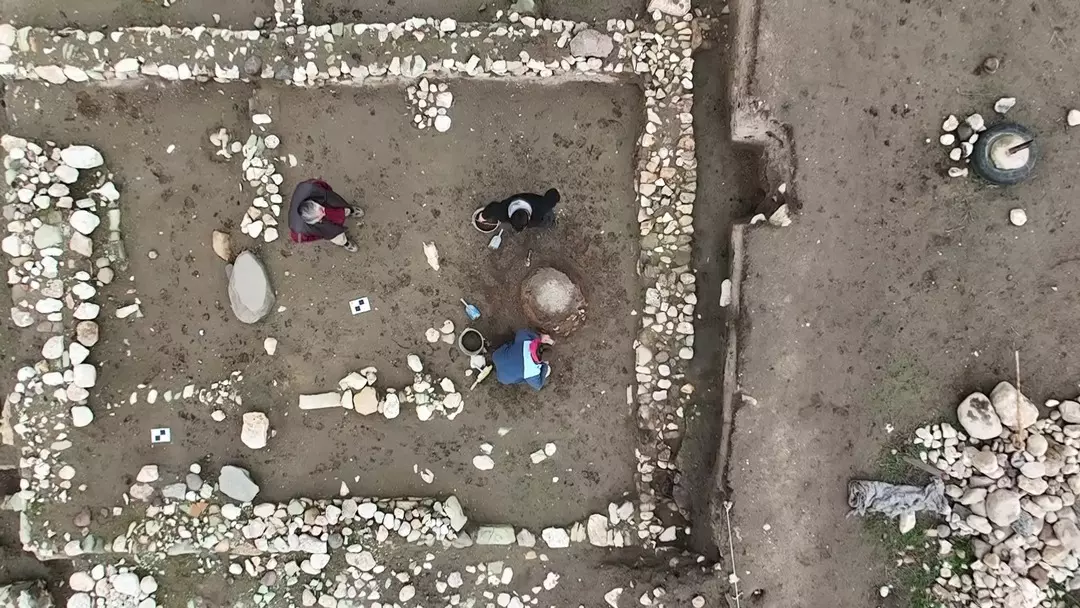The Inca civilization, known for its architectural marvels like Machu Picchu, also possessed a rich musical culture, intertwined with their environment and spiritual beliefs. One of the most fascinating aspects of Inca music lies in their instruments, particularly those designed to imitate the sounds of nature and animals, using an unusual and innovative technique: the flow of water.
The Role of Nature in Inca Culture
To understand why the Inca civilization might have developed instruments mimicking animal sounds, it’s important to explore their connection with nature. The Inca people viewed nature as sacred, believing that every element, from the mountains to the rivers, had spiritual significance. Animals, in particular, were seen as divine messengers, and many species were revered as sacred to their deities.
This deep respect for nature translated into various facets of their culture, from art and architecture to religious ceremonies. For the Incas, the imitation of animal sounds was not just a form of musical expression, but a way of communicating with their gods, paying homage to the animals, and maintaining a connection with the natural world.
Water-Powered Sound Imitation: An Ingenious Design
The Inca’s most intriguing musical instruments that mimic animal sounds use water as the primary force behind their operation. These instruments were often designed to replicate the sounds of birds, frogs, jaguars, and other creatures native to the Andes.
The water-based mechanism typically involved using vessels or chambers where water would flow or accumulate. As the water moved through the instrument, it would produce sound by passing through small air chambers or vibrating membranes. The changes in the water’s flow rate, turbulence, and pressure would create sounds that resembled the calls or cries of animals, creating an eerie and beautiful symphony of natural sounds.
One of the known examples of such an instrument is the whistling water jar, a type of ceramic vessel that produces a whistling sound when water is poured into it. This jar contains an internal chamber that, when filled or drained with water, forces air through a small aperture, creating a high-pitched sound. By adjusting the water’s speed or volume, different tonalities could be produced, resembling bird songs or the sound of rushing wind.
Jose Vitancio Umeres is an expert in pre-historic Peruvian wind/musical instruments. He began by showing home some of these made sounds from the interaction between water and air. The ones on his table are his reproductions of ancient originals.
Types of Instruments
There are a few types of Inca instruments that likely employed water or airflow to mimic animal sounds:
Whistling Vessels: These are ceramic vessels that emit a whistling sound when water moves through them. The air is forced through an internal cavity, much like a wind instrument, but the sound is triggered by the movement of water. The whistle mimicked the calls of birds, often used during rituals and ceremonies that invoked nature’s spirits.
Water Flutes: Similar to whistling vessels, water flutes relied on the flow of water to produce sound. These instruments often featured multiple chambers, and the varying water levels would produce different pitches. Their sound was soft and melodic, often used to replicate the gentle songs of birds, frogs, or the wind rustling through the trees.
Aquatic Drums: Though rare, it’s speculated that certain percussive instruments were designed to mimic the calls of larger animals like jaguars or thunderous, deep sounds of nature. These drums may have had water-filled chambers that altered the resonance of the drum's sound, making it resemble a roaring or growling effect.
The Significance of Mimicking Animal Sounds
In the Inca worldview, music and nature were not separate entities. Mimicking animal sounds in their music had profound ceremonial and symbolic significance. These sounds were likely used during religious rituals to invoke the presence of certain animals or gods, acting as intermediaries between the earthly and spiritual realms.
For instance, the jaguar, a powerful and revered animal, was often associated with the god of the underworld. The use of an instrument that could replicate its growl or roar would have been a symbolic way to channel the jaguar’s energy during rituals. Similarly, the sounds of birds or frogs might have been used in fertility rituals, representing the renewal of life and the abundance of crops.
Scientific Perspective: Sound Engineering in Ancient Times
From a scientific perspective, the engineering of these water-powered instruments demonstrates the Inca's sophisticated understanding of acoustics and fluid dynamics. By manipulating airflow and water pressure, they could create complex sound patterns that mimicked natural phenomena. These instruments are early examples of human innovation in biomimicry — the practice of drawing inspiration from nature to solve problems.
Researchers who study these instruments today often remark on the precision and skill required to design them. The Incas were able to replicate specific animal calls, demonstrating a keen ear for the subtleties of sound in the natural environment.
The Revival of Inca Musical Heritage
In recent years, scholars and musicians have attempted to reconstruct and revive ancient Inca instruments, including those that mimic animal sounds through water flow. These efforts aim to preserve the musical traditions of the Inca civilization, which were largely lost after the Spanish conquest in the 16th century.
Modern artisans and researchers have recreated some of these instruments based on archaeological findings and descriptions from early Spanish chroniclers. Their work has brought to light the complexity and beauty of Inca music, offering a glimpse into a world where music, nature, and spirituality were intertwined.
The Inca civilization’s ability to create musical instruments that mimic animal sounds using the flow of water reveals their profound connection to nature and their sophisticated engineering skills. These water-powered instruments were more than just musical devices; they were a means of communication with the divine, a way of honoring the animals and natural forces that played a crucial role in Inca life. Through these instruments, the Incas captured the essence of the world around them, crafting music that resonated with the rhythms of nature itself.









